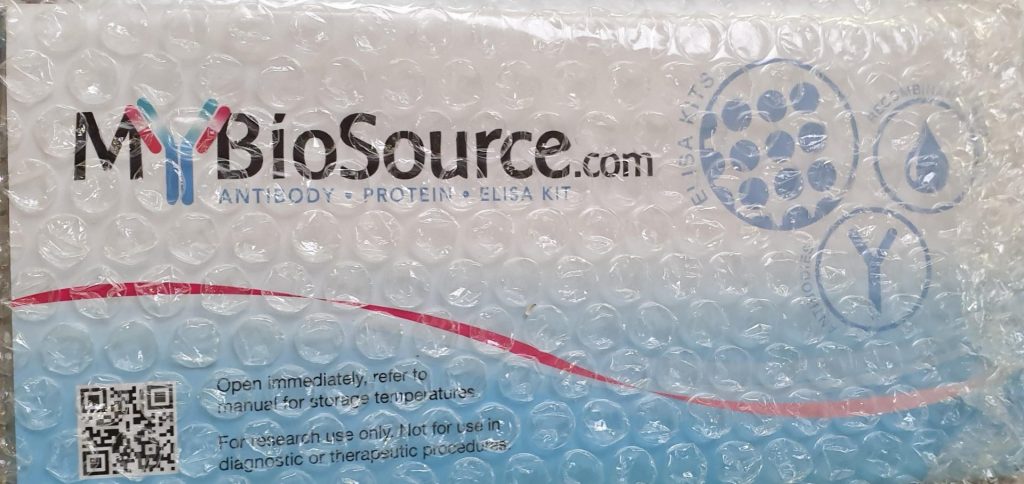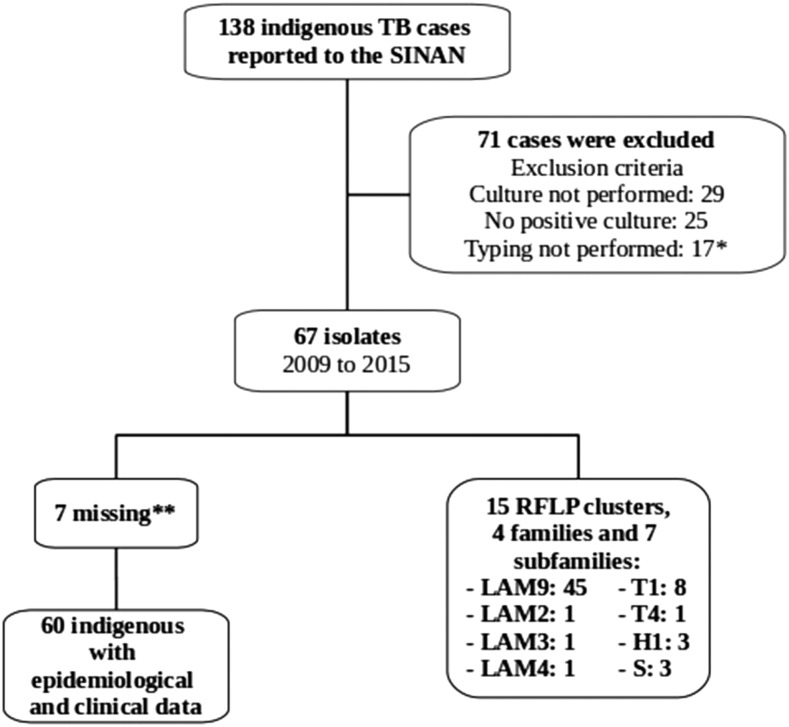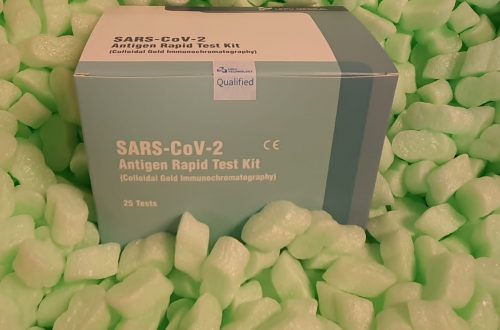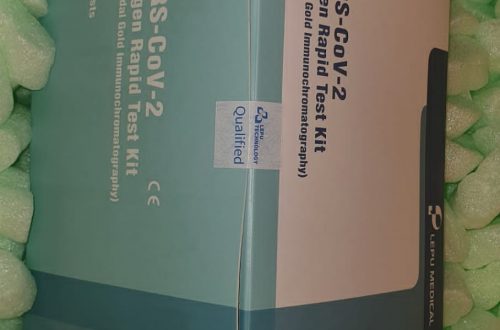
Antibody Conjugation Guide
The conjugation of antibodies , also known as marking, is a necessary step for the visualization and measurement results in most immunoassays . Depending on the level of antigen or protein of interest in the sample, we can proceed to a direct assay marking the primary antibody, or to an indirect assay marking the secondary antibody .
In this post, we bring you an overview of the usefulness of conjugated antibodies, the types of molecules they are most commonly conjugated to, and the conjugation chemistries most frequently used.
Direct Immunoassays Vs. Indirect Immunoassays
Direct assays, where the primary antibody, the one that binds directly to the antigen, is the one that is labeled and therefore the one that will produce the signal, are much easier to run (with fewer incubations and washes), and they avoid possible nonspecific binding that the secondary antibody can give.
However, there are cases in which the low levels of protein of interest in the sample, force us to resort to methods that allow us to amplify the signal in order to detect it. In these cases, we will opt for an indirect assay, using a second antibody that recognizes the primary antibody bound to the antigen. In this case, it is this secondary antibody that must be conjugated to transform the signal.
Although it is true that indirect tests provide a higher sensitivity by generating a stronger signal, they have the drawback that, in general, the specificity of secondary antibodies is much lower, and can lead to unwanted non-specific binding, which is why In these cases it is necessary to pay special attention to the steps of blocking, washing and additional controls.

With What Type Of Molecules Can Antibody Conjugation Be Made?
Depending on the objective we are looking for, the antibodies can be conjugated to molecules as disparate as enzymes, dyes, fluorophores, biotin, colloidal gold particles, etc. The choice of the type of labeling will depend mainly on the class of immunoassay to be performed.
(I) Enzymes
It is the simplest and cheapest detection method. When conjugating antibodies with an enzyme, it will catalyze a substrate present in the sample, causing a visible colorimetric reaction. The enzymes most frequently used are HRP (Horseradish Peroxidase) and Alkaline Phosphatase (AP).
(II) Biotin / Streptavidin
It is used to detect proteins present at very low levels, insufficient to be detected even by a labeled secondary antibody, since the use of biotin / streptavidin allows greater signal amplification. The secondary antibody is usually labeled with biotin, a small molecule that will allow the binding of several of them to the same antibody. Furthermore, biotin has a very high affinity for streptavidin, which together with the above, will allow the resulting signal to be amplified considerably.
(III) Fluorochromes
Fluorochromes have a unique and characteristic absorption and emission spectrum, being excited at a certain wavelength and emitting photons at a different one.
It is important to note that some conventional fluorophores, such as FITC, are not recommended in protocols that use buffers with low pH, since their signal is highly sensitive to acidic environments.
Fluorochromes have some advantages over other ligands in that the signal they produce is stronger, they allow multiplexing and they are relatively easy to use.
Antibody Conjugation Methods
Antibodies are conjugated by covalently binding the reactive group of the ligand to be labeled to a reactive group present on the antibody. There are countless methods and chemical reactions for the conjugation of antibodies, here we quote you some of the most versatile and used:
- Ester NHS
- Reaction between the NSH ester and an amine
- The reaction should be carried out at a pH of between 7.2 and 8
- Suitable for conjugation of antibodies to fluorochromes
- No need to pre-modify the antibody
- It has the disadvantage that the NSH group is not very stable
- Average yield: 50-80%
- Isothiocyanate
- Suitable for conjugation of antibodies to fluorochromes
- The reaction must be carried out at a pH of 9.8 or higher, which may be a limitation since some antibodies could be damaged at such high pHs
- Reactivity is rather limited
- Average yield: 50-80%
- Carbodiimide
- Reaction of an amine with a carboxyl group
- It is used for the conjugation of antibodies to carboxylated particles (latex, magnetic beads …) or to carboxylated surfaces (microwell plates, chips …)
- The reaction should be carried out at a pH of 5.5
- No need to pre-modify the antibody
- It has the drawback that antibody-antibody reactions could occur
- Average yield: 50-80%
- Two tag method
- It allows to bind antibodies to molecules of a protein nature, since both have lysine residues that could lead to unwanted reactions using other conjugation methods. With this technique, these residues are modified by adding different tags to each of the two molecules.
- Requires modification of the antibody by adding a tag (linker) before marking
- Suitable for enzymes and fluorochromes
- The reaction is carried out at a pH of 7-8
- Average yield: 20-50%
- Sodium periodate
- Suitable for enzymes and fluorochromes
- Reaction of a lysine with an aldehyde group
- Binding is reversible unless reduced with sodium cyanoborohydride, reagent listed as hazardous
- The reaction is carried out at a pH of 9
- Average yield: 70-80%
Regardless of the antibody conjugation method used, there are two elements to which special attention is recommended:
1.- Buffers : Most antibody conjugation methodsare based on the reaction with lysine residues of immunoglobulins. Therefore, it is important to avoid buffers and other additives that contain primary amines, as they would compete to bind the dye with the antibody itself.
2.- Antibody purity: To carry out an antibody conjugation reaction, these should have a purity greater than 90% and a concentration of at least 0.5 mg / ml.
We trust that this overview of antibody conjugation has been of interest to you. And as always, do not hesitate to contact us for any questions that you need to clarify in this regard.





